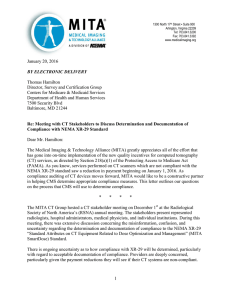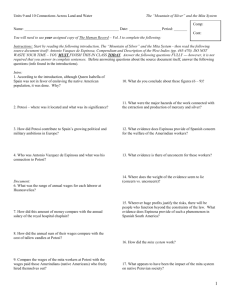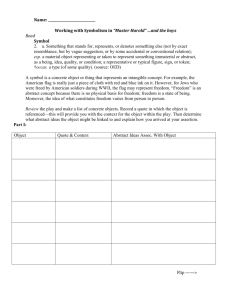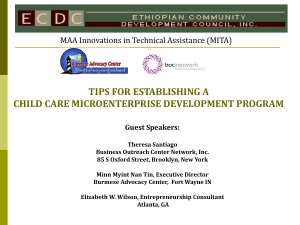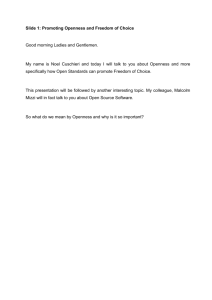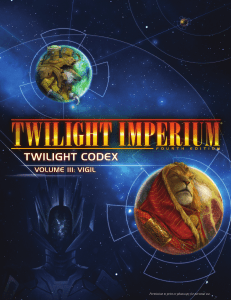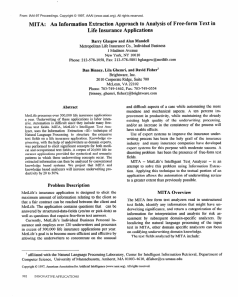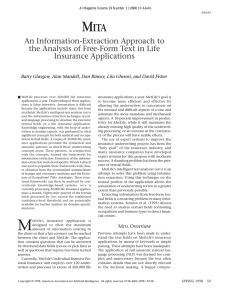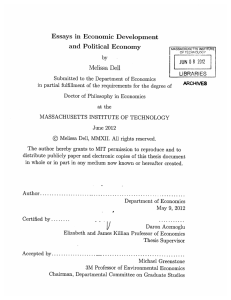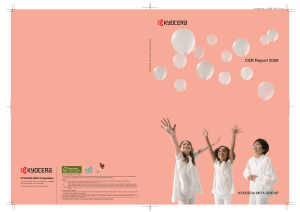Clothes SHDQ.doc
advertisement
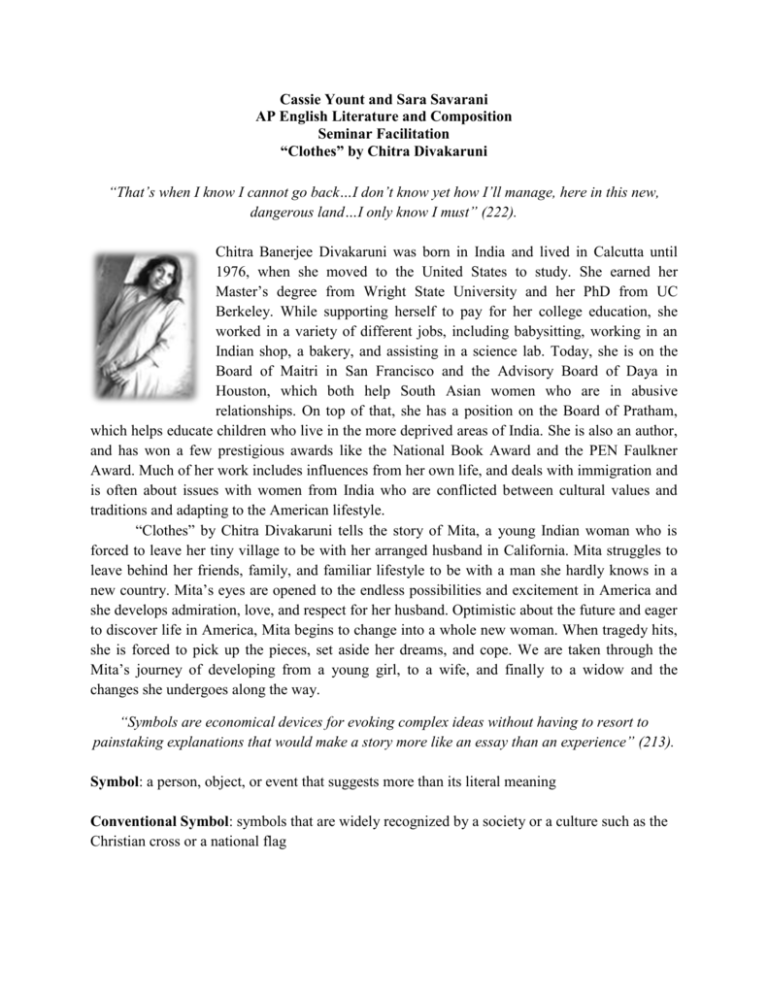
Cassie Yount and Sara Savarani AP English Literature and Composition Seminar Facilitation “Clothes” by Chitra Divakaruni “That’s when I know I cannot go back…I don’t know yet how I’ll manage, here in this new, dangerous land…I only know I must” (222). Chitra Banerjee Divakaruni was born in India and lived in Calcutta until 1976, when she moved to the United States to study. She earned her Master’s degree from Wright State University and her PhD from UC Berkeley. While supporting herself to pay for her college education, she worked in a variety of different jobs, including babysitting, working in an Indian shop, a bakery, and assisting in a science lab. Today, she is on the Board of Maitri in San Francisco and the Advisory Board of Daya in Houston, which both help South Asian women who are in abusive relationships. On top of that, she has a position on the Board of Pratham, which helps educate children who live in the more deprived areas of India. She is also an author, and has won a few prestigious awards like the National Book Award and the PEN Faulkner Award. Much of her work includes influences from her own life, and deals with immigration and is often about issues with women from India who are conflicted between cultural values and traditions and adapting to the American lifestyle. “Clothes” by Chitra Divakaruni tells the story of Mita, a young Indian woman who is forced to leave her tiny village to be with her arranged husband in California. Mita struggles to leave behind her friends, family, and familiar lifestyle to be with a man she hardly knows in a new country. Mita’s eyes are opened to the endless possibilities and excitement in America and she develops admiration, love, and respect for her husband. Optimistic about the future and eager to discover life in America, Mita begins to change into a whole new woman. When tragedy hits, she is forced to pick up the pieces, set aside her dreams, and cope. We are taken through the Mita’s journey of developing from a young girl, to a wife, and finally to a widow and the changes she undergoes along the way. “Symbols are economical devices for evoking complex ideas without having to resort to painstaking explanations that would make a story more like an essay than an experience” (213). Symbol: a person, object, or event that suggests more than its literal meaning Conventional Symbol: symbols that are widely recognized by a society or a culture such as the Christian cross or a national flag Literary Symbol: a symbol that can include traditional, conventional, or public meanings; it can also be established internally by the total context of the work in which it appears – it can be a setting, character, action, object, name, or anything else in a work that mains its literal significance which suggesting other meanings. Our seminar will focus on the symbolism that is present throughout the entire short story. To prepare for the seminar, please answer three of the following questions with insightful responses. Quote the text to support your responses. 1. Reflect on the quote, “A married women belongs to her husband, her in laws” (215). Discuss your opinion of arranged marriages in the Indian culture. Are they right, wrong, or just in the practice of Indian culture? Sumita complains of the “unfairness of it,” (215), but how does her marriage develop throughout the story? Do you they think were truly in love? 2. What does the “blouse and skirt the color of almonds” symbolize to Sumita? 3. Referring to the above definitions, what kind of symbolism is present throughout the story? Explain. 4. Is there any significance to how the story is set up? In other words, is it important that the story is broken up into four separate portions? What is the significance of the actual wedding and funeral, two major experiences, being left out? 5. Discuss the symbolic meanings of the clothes, especially the saris, present throughout the story. How do the different types of clothes symbolize Sumita’s transition from Indian life to American life? 6. “The store was called 7-Eleven. I though it a strange name, exotic, risky…the store sold all kinds of amazing things—apple juice in cardboard cartons that never leaked; American bread that came in cellophane packages, already cut up; canisters of potato chips, each large grainy flake curved exactly like the next” (216). - Reflect on this quote and discuss what the store represents and embodies for Mita and her new American life. 7. Reflect on the experiences Mita has undergone; such as her marriage, move to American, and loss of her husband and how they have changed her viewpoints, dreams, and perspective.
